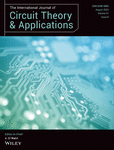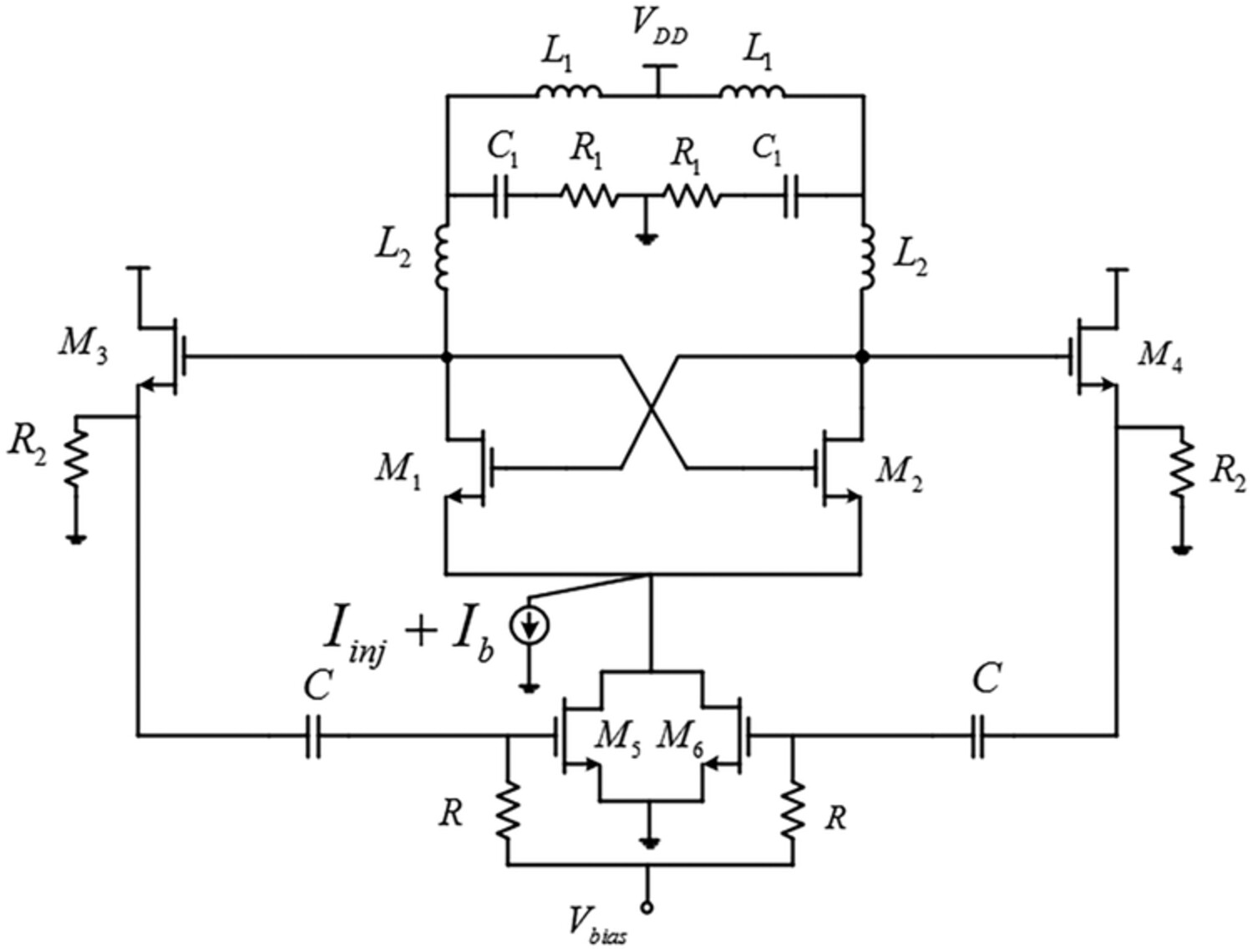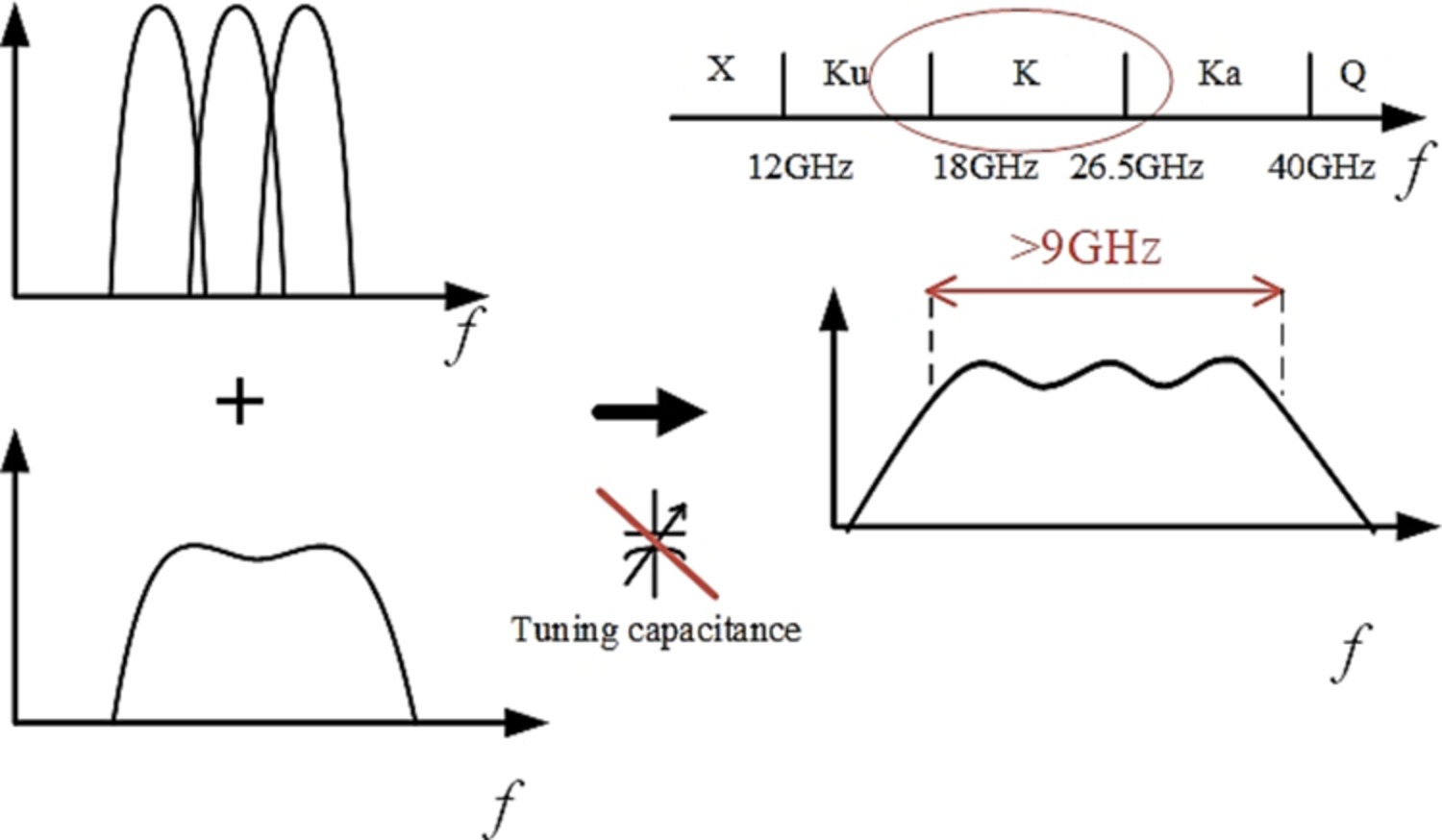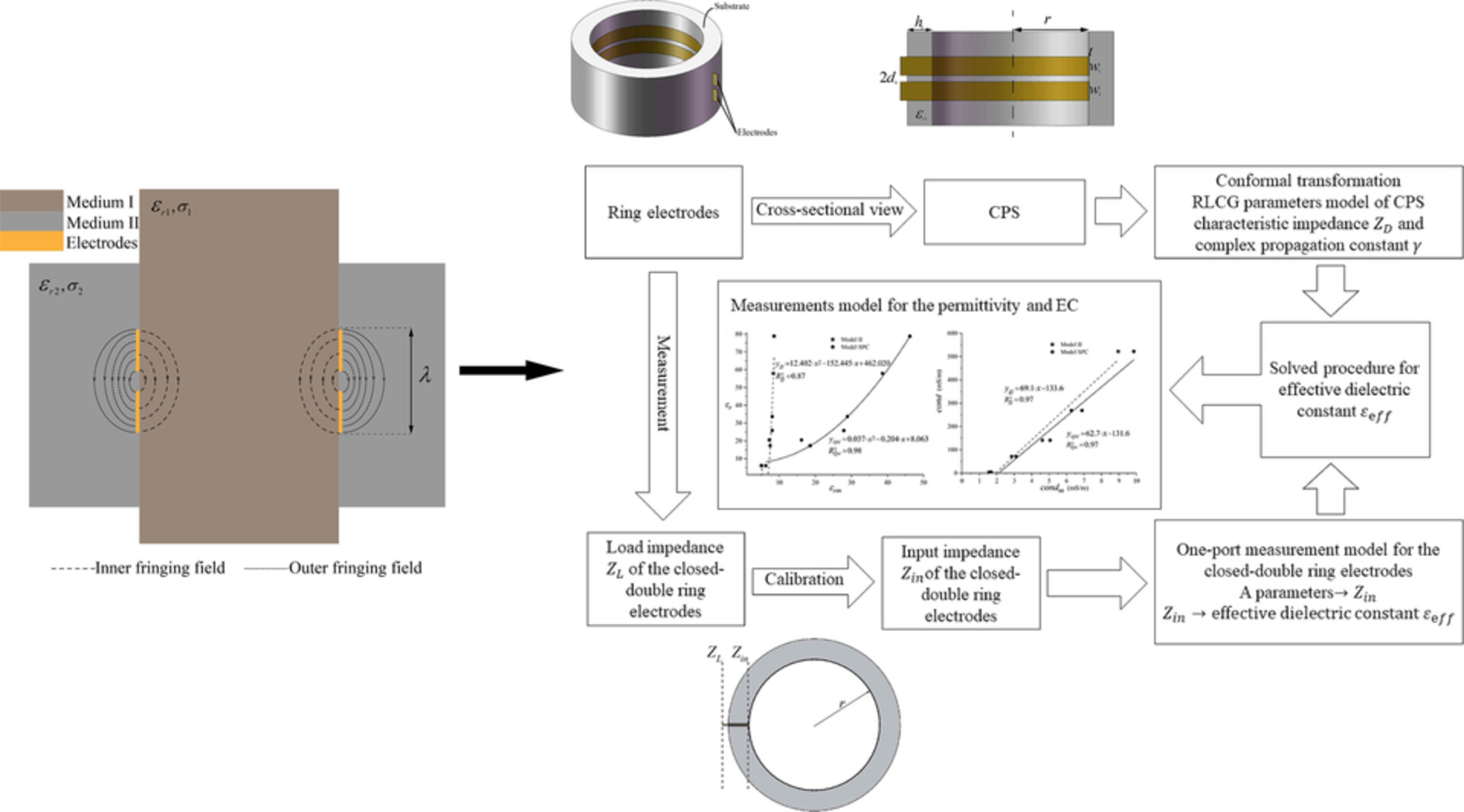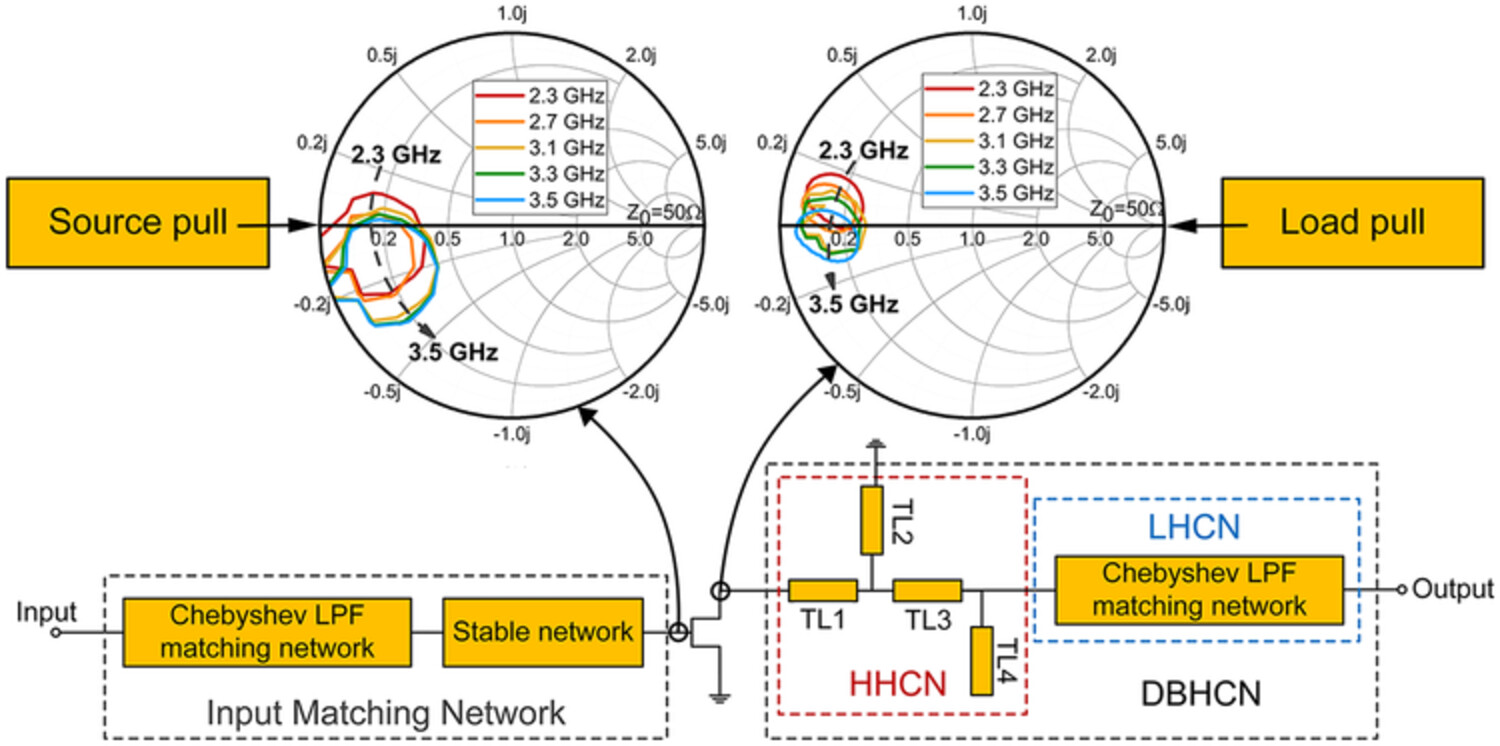Journal list menu
Export Citations
Download PDFs
ISSUE INFORMATION
ORIGINAL PAPERS
Analysis and design of dual-input Doherty power amplifier with enhanced efficiency for broadband application
- Pages: 3557-3567
- First Published: 14 April 2023
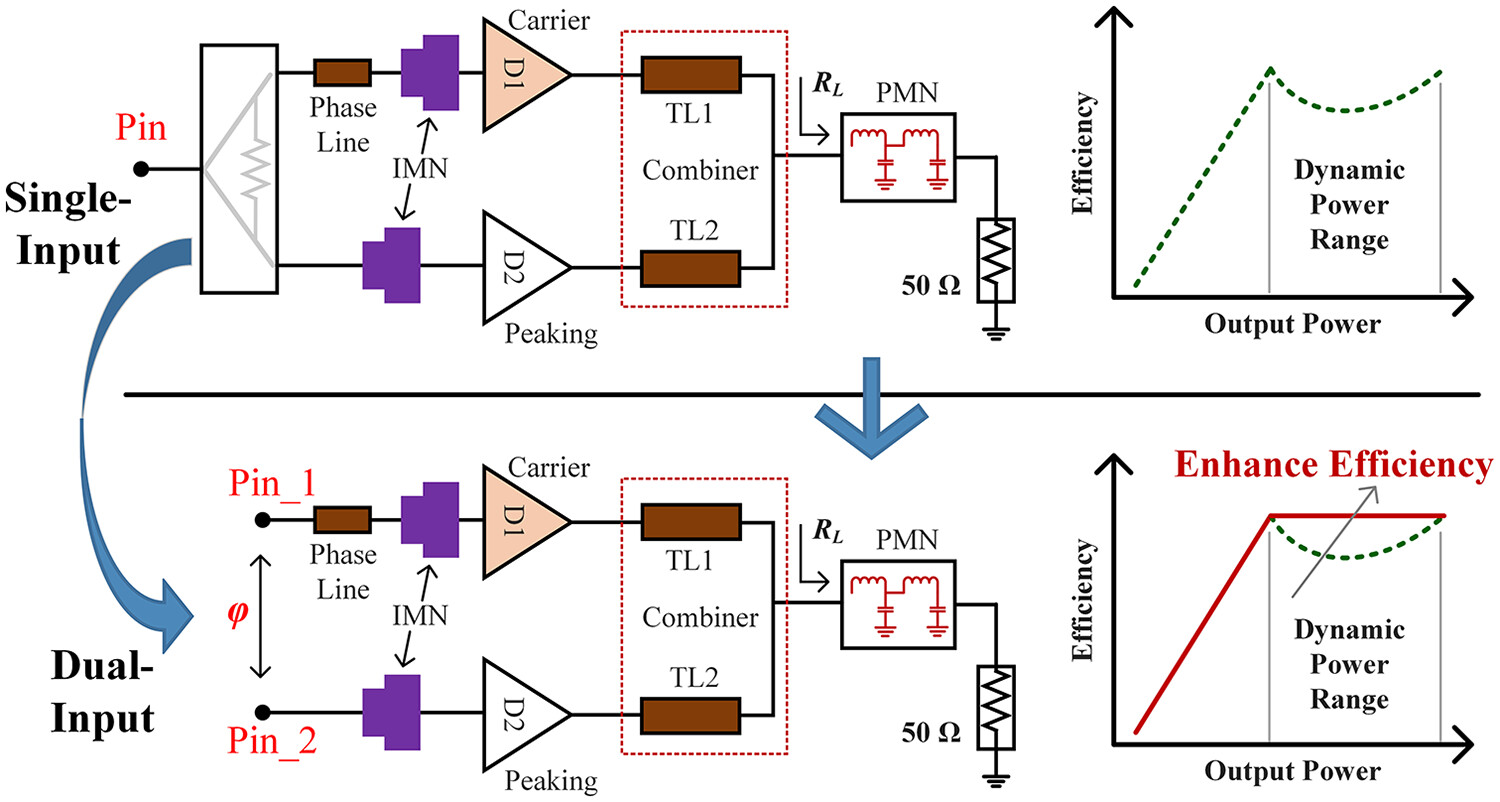
In this paper, dual-input technique is adopted to improve the conversion efficiency over the dynamic power range in broadband DPAs. The efficiency between the two efficiency peaks in the DPA is enhanced through dynamically control the input power levels of the carrier and peaking power amplifiers (PAs) as well as the phase difference between the two sub-amplifiers.
Efficiency optimization for LCC-LC compensated inductive coupling power transfer system with load-independent zero-phase-angle and constant voltage output
- Pages: 3568-3584
- First Published: 23 March 2023
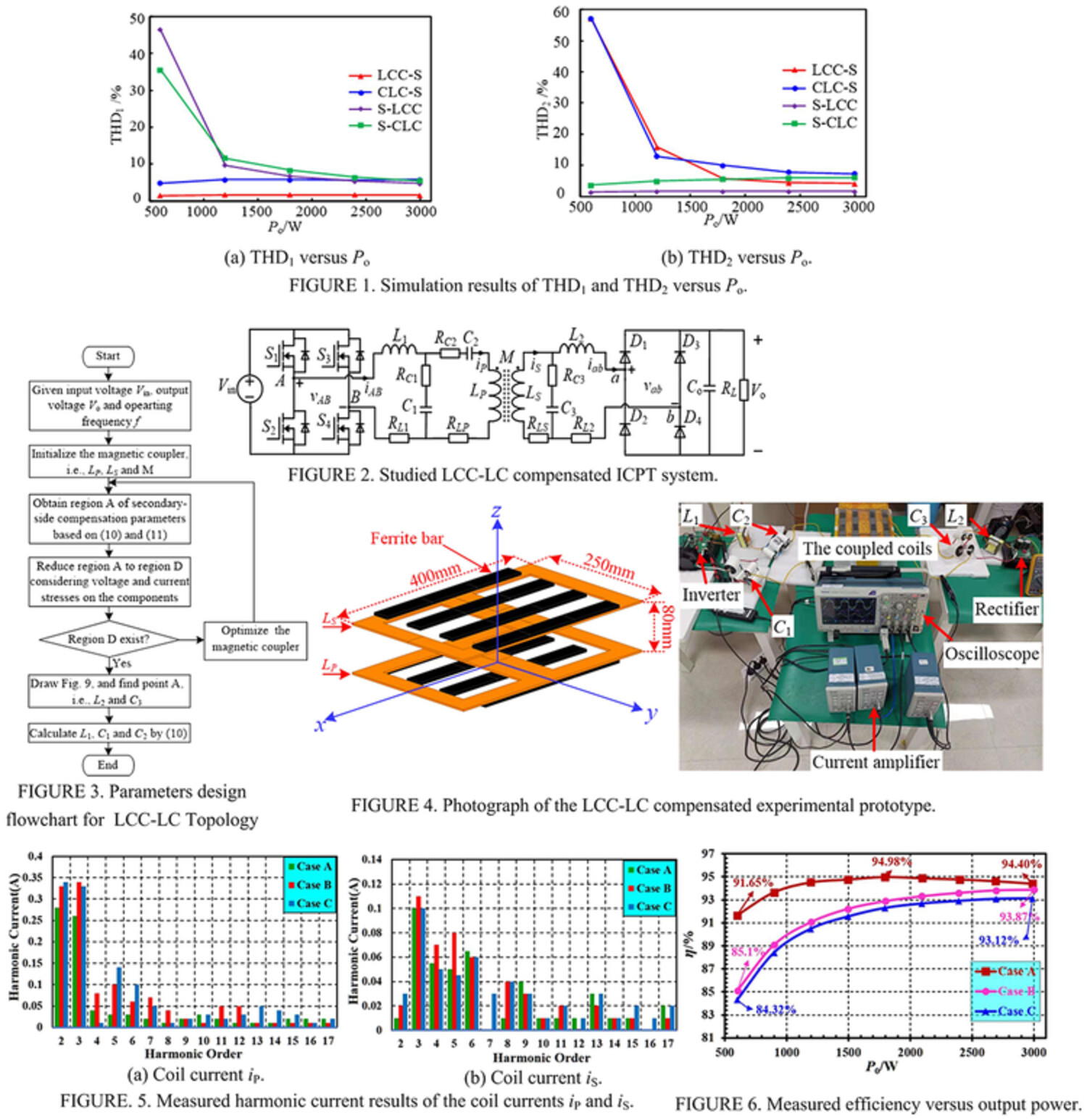
High-order compensation for the inductive coupling power transfer (ICPT) system is preferred due to its high design freedom and excellent coil current harmonics suppression capability. On basis of THD1 and THD2 comparison for different high-order compensation topologies, the LCC-LC compensated ICPT system with load-independent zero phase angle (ZPA) and constant voltage output is discussed in this paper. Furthermore, considering the advantages of ZPA operation with zero voltage switching and less secondary-side components for LCC-LC compensation, the efficiency optimization is investigated by configuring the optimal compensation parameters. To validate the theoretical analysis, especially the efficiency improvement, the experimental platform with 270 V input and 270 V/3 kW output is designed and built. The comparative experimental results for three different the compensation parameters show the optimized system can improve greatly conversion efficiency over the entire load range, especially under light load.
Design of an ultra-wideband picosecond pulse generator based on step recovery diodes with an improved SPICE model
- Pages: 3585-3595
- First Published: 29 March 2023
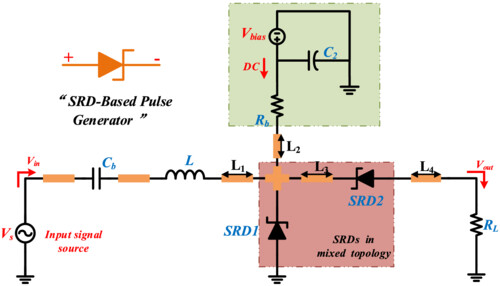
This paper proposed a UWB picosecond pulse generator based on step recovery diodes (SRDs) in mixed topology to reduce the tail ringing level. An improved nonlinear simulation program with integrated circuit emphasis (SPICE) model of SRD is developed for circuit simulation. The developed pulse generator features a simple and low-cost circuit configuration that generates a Gaussian pulse signal with the characteristics of ultra-short pulse width, fine ringing level, and high pulse amplitude.
Using tail current phase shift technique to improve locking range injection-locked frequency divider
- Pages: 3596-3611
- First Published: 10 April 2023
A fusion bandwidth extension technique for broadband low-noise amplifier
- Pages: 3612-3621
- First Published: 20 April 2023
Wide-range current-controlled grounded resistor realization: A new application of the CMOS translinear elements
- Pages: 3622-3636
- First Published: 05 April 2023
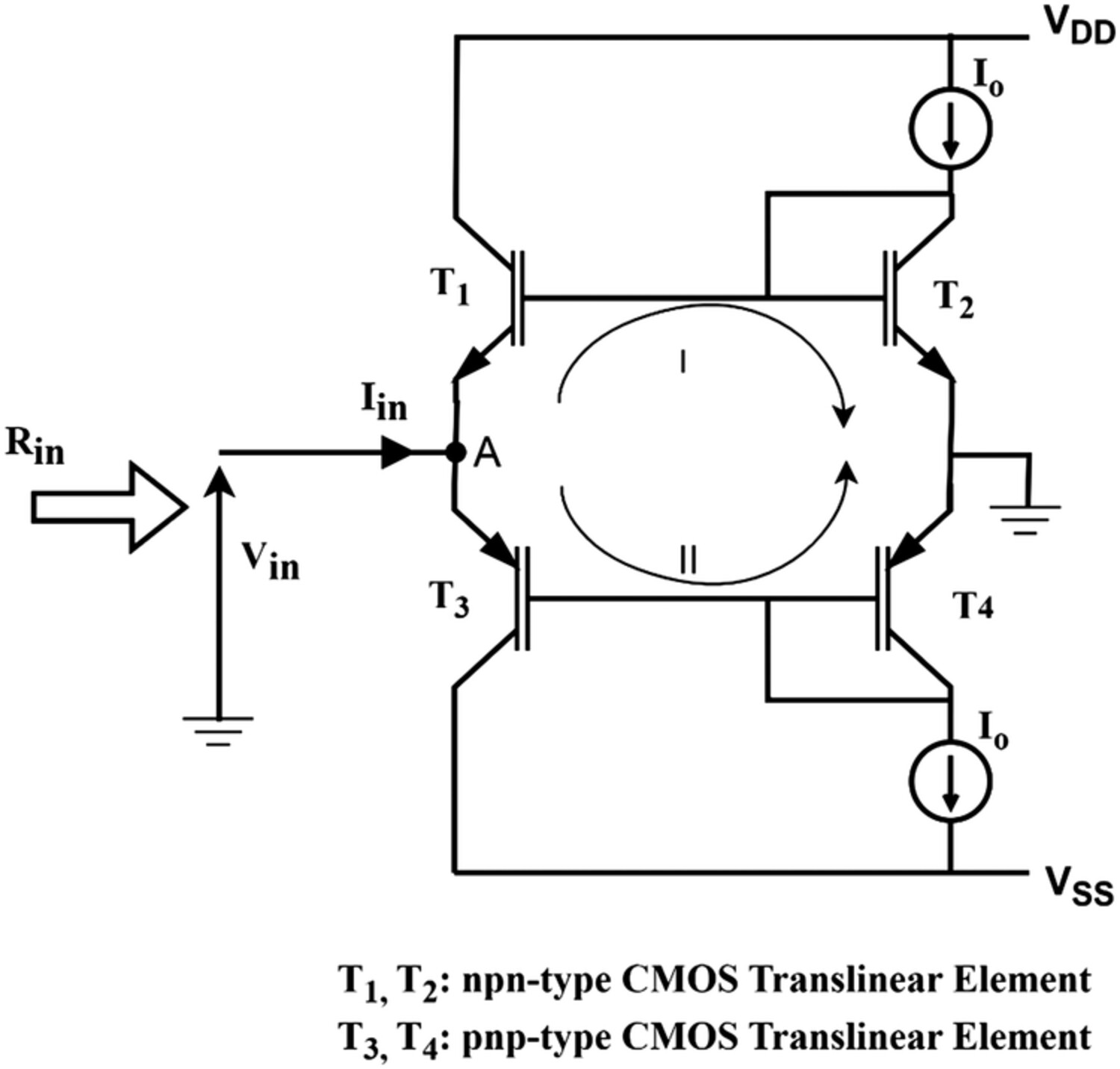
A wide-range current-controlled grounded resistor using a mixed translinear loop comprised of CMOS translinear elements has been explored. It exhibits high linearity, wide operational frequency range, the capability of operating with low supply voltage and low power consumption and thereby performs even better than the MOS-based and BJT-based current-controlled grounded resistors.
An adaptive link training based hybrid circuit topology for full-duplex on-chip interconnects
- Pages: 3637-3651
- First Published: 13 April 2023
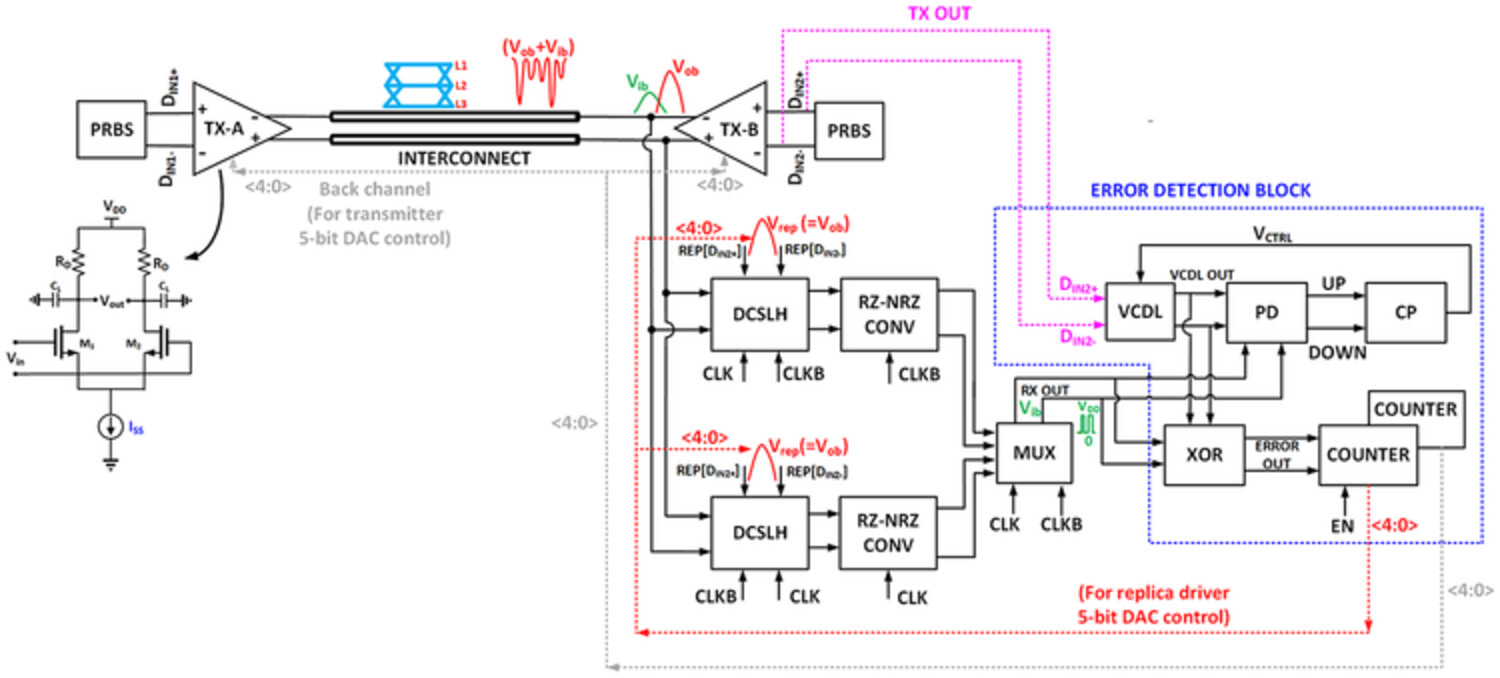
This work proposes a link training based half-rate dynamic current-steering echo-cancellation hybrid circuit topology for full-duplex signaling that performs echo cancellation by deploying a bit error detection unit and backchannel adaptation. In addition, this work proposes a power-efficient half-rate dynamic current-steering logic hybrid circuit for full-duplex signaling over on-chip interconnects for simultaneous transmission and reception. The proposed scheme is implemented in 1.2 V, 65-nm complementary metal-oxide semiconductor (CMOS).
Measurement of two-layer medium dielectric property using a novel parameters model in radio frequency
- Pages: 3652-3674
- First Published: 19 April 2023
A novel LC-based bipolar pulsed power supply for dielectric barrier discharge excimer lamps
- Pages: 3675-3694
- First Published: 22 April 2023
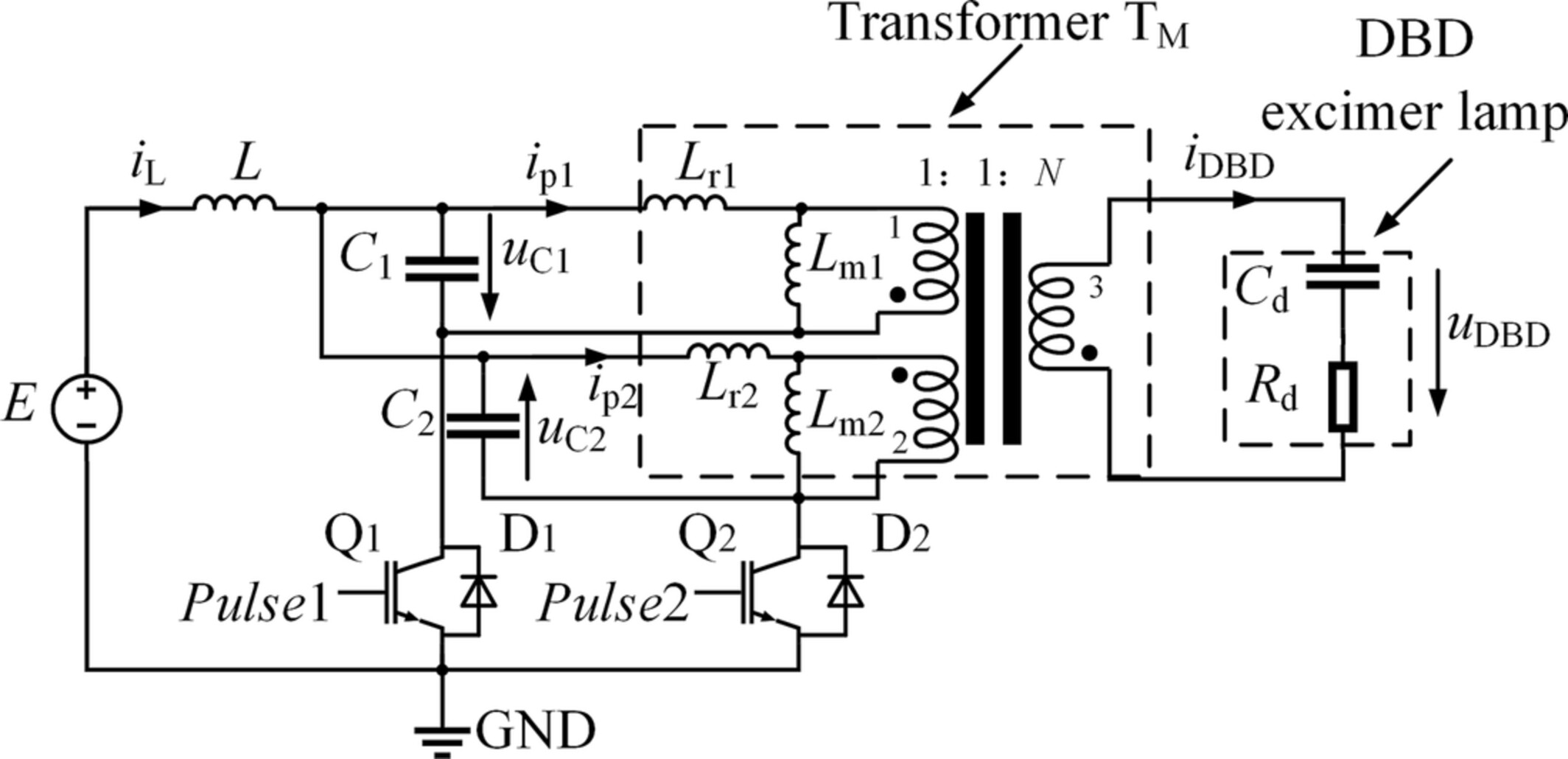
In this paper, a bipolar pulsed power supply for DBD excimer lamps based on LC resonant circuit is presented. A high-frequency and high-voltage pulse excitation with a high rise rate and an idle time can be generated on the DBD excimer lamps used in the experiment. Besides, the proposed power supply is suitable for different types of DBD excimer lamps by regulating the value of the external capacitance C1 and C2, and the proposed power supply can make full use of the potential of DBD excimer lamps.
A miniaturized highly selective MTM-inspired filter for lowpass and triple-band bandpass performance with configurable transmission zeros and bandwidth
- Pages: 3695-3709
- First Published: 23 March 2023
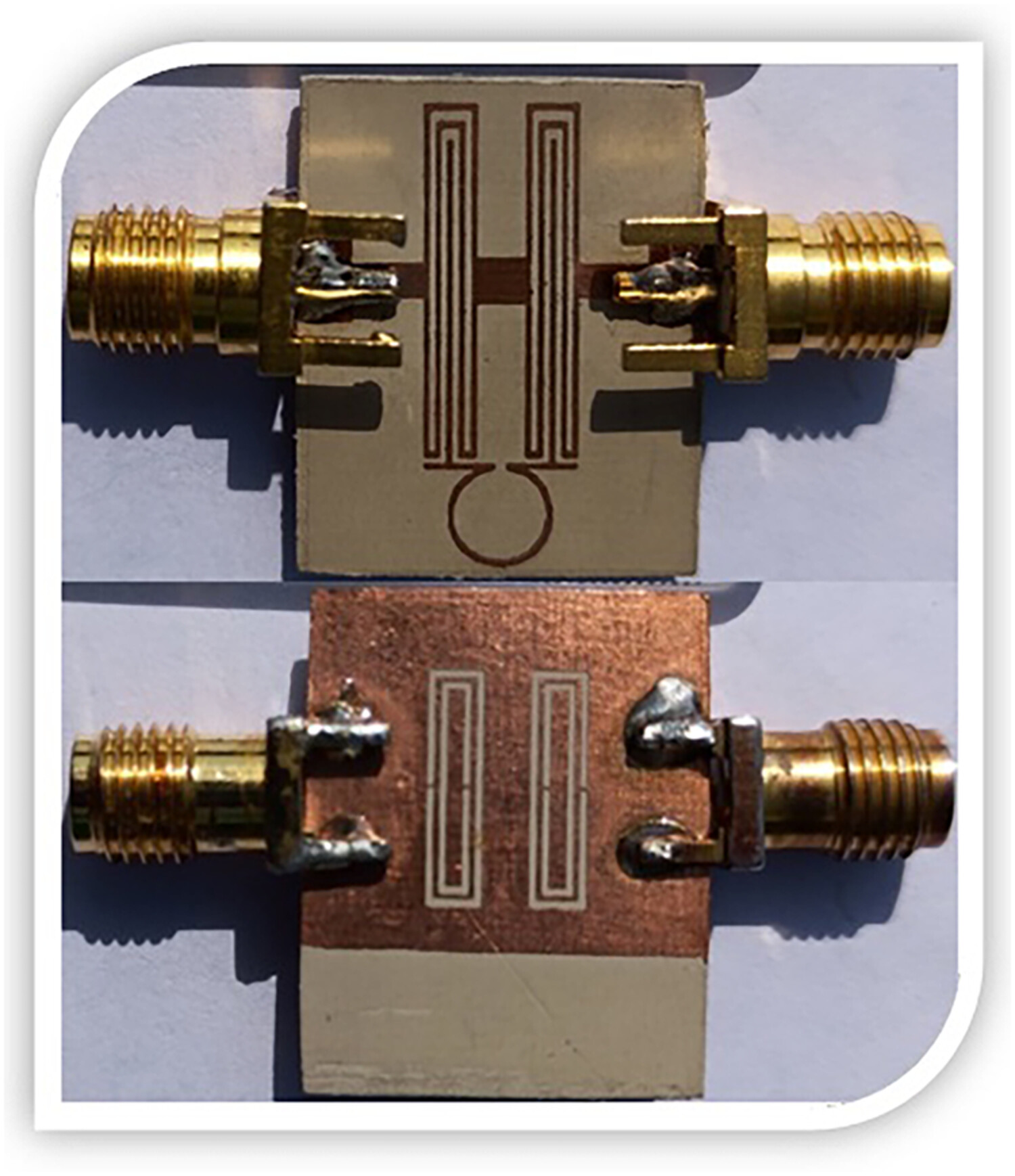
It is important to note that in mixer systems, lowpass-bandpass combination is imperative to split direct current, local oscillator frequency, and intermediate frequency. Radio systems with hybrid optical fiber-coaxial link also require lowpass-bandpass filters due to the transmission of microwave and baseband signals over the same channel.
An improved DC link voltage control with double frequency second-order generalized integrator for enhanced power quality of grid-interfaced DFIG system
- Pages: 3710-3729
- First Published: 17 April 2023
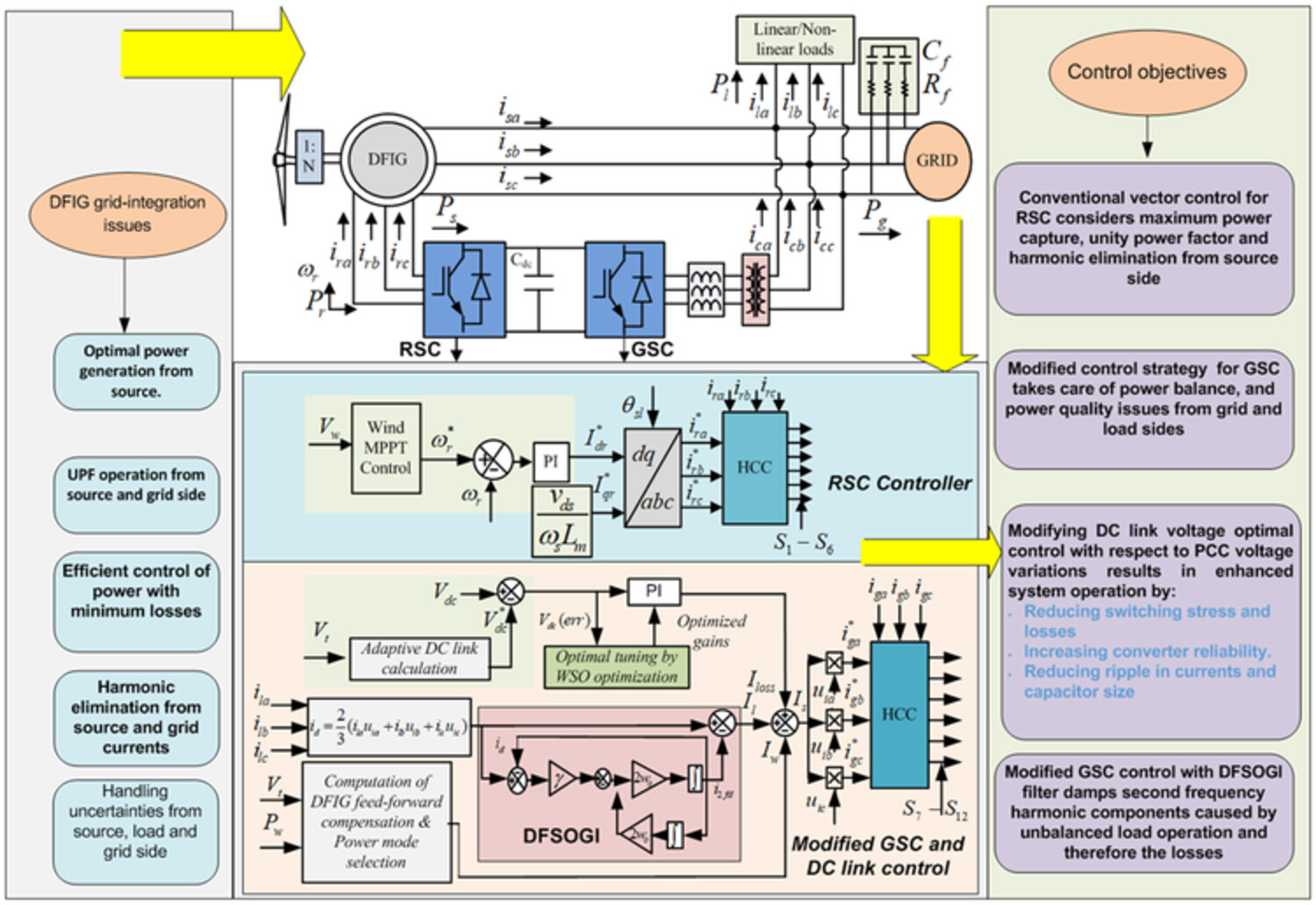
The paper is attributed to the power quality enhancement of the grid-connected DFIG system. This is achieved through the implementation of double frequency second-order generalized integrator (DFSOGI) based grid side converter control and improved DC link voltage control. The DFSOGI control extracts the weight of fundamental load current component and damps the second frequency oscillations produced during load unbalancing operation. The adaptive DC link voltage control adjusts itself to PCC voltage variations that results in reduced converter switching losses. Further, WSO algorithm is exploited to achieve improved steady-state and dynamic behavior under various load and grid disturbances while also saving time and effort with manual approach.
A new single-phase multilevel inverter with improved modulation technique
- Pages: 3730-3745
- First Published: 31 March 2023
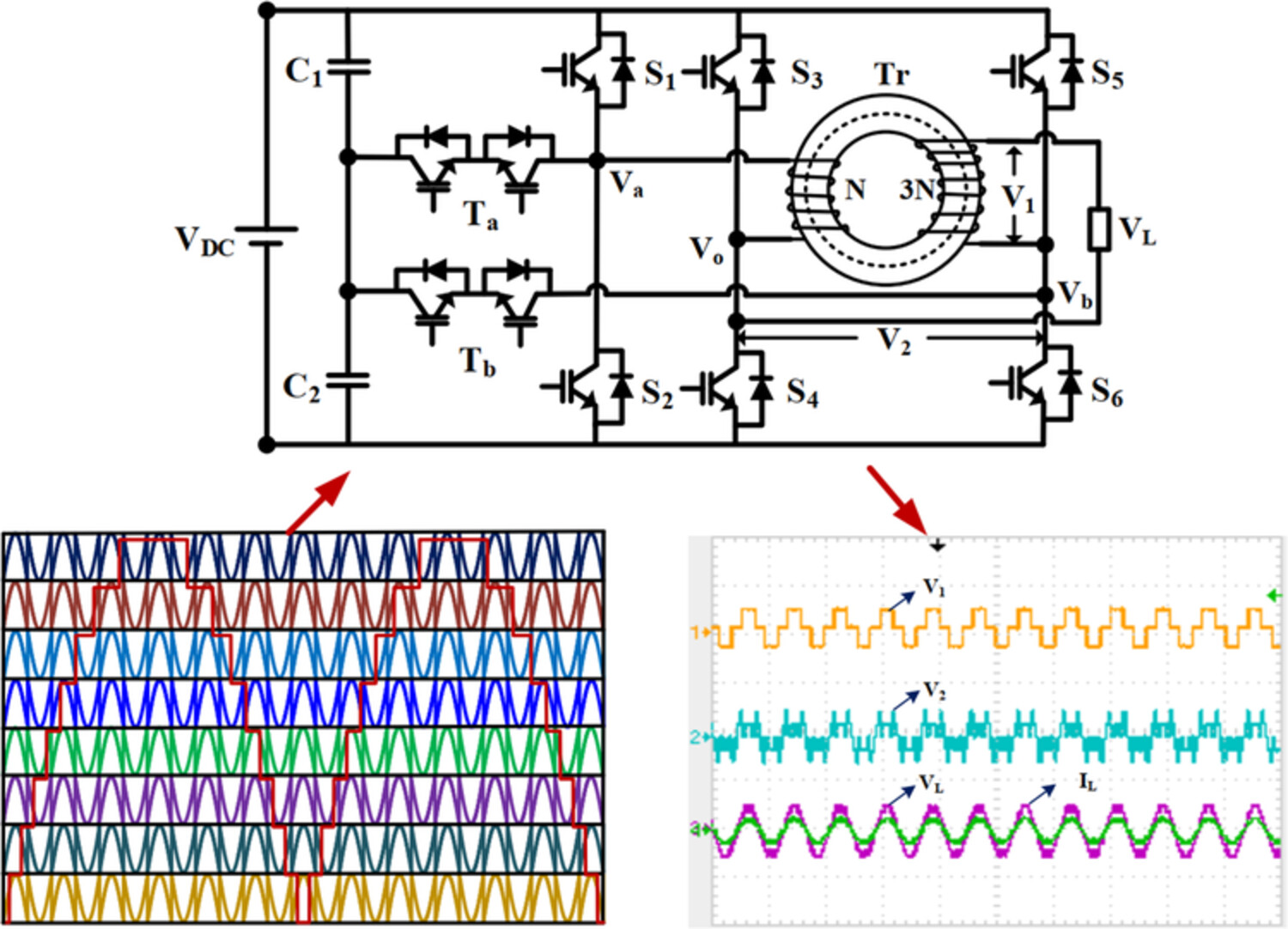
This manuscript proposes a novel 17-level inverter with a common leg configuration and an improved modulation technique. The proposed inverter uses only 10 switches, one toroidal core transformer, and one dc source. Therefore, the proposed design offers less control complexity with reduced cost and volume. Additionally, the suggested modulation technique improves the load voltage quality by minimizing the harmonic content. Simulation and laboratory studies are performed to confirm the proficiency of the suggested inverter with a new modulation technique.
High-gain nine-level switched-capacitor multilevel inverter featuring less number of devices and leakage current
- Pages: 3746-3773
- First Published: 04 April 2023
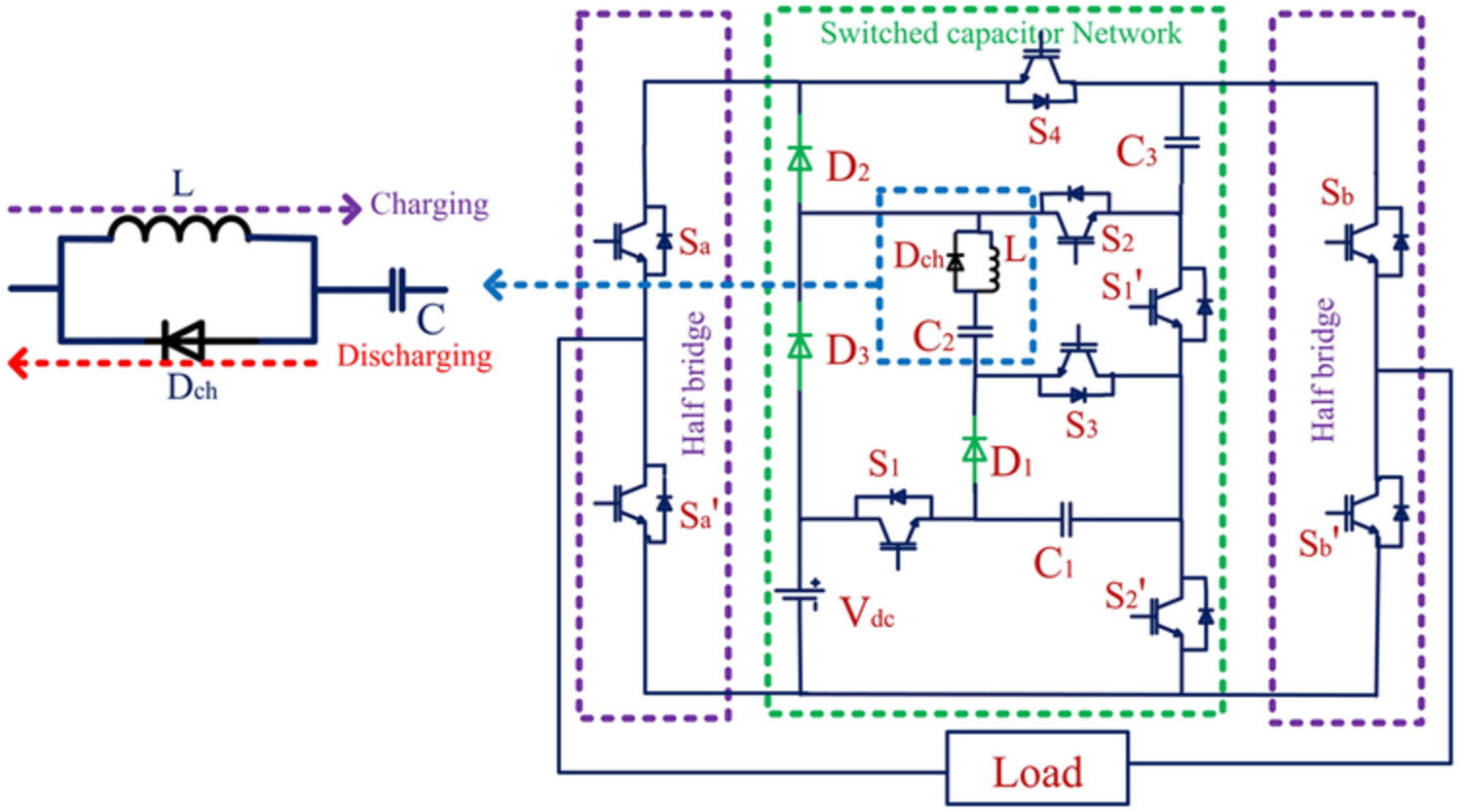
In this article, a novel switched-capacitor multilevel inverter (SC-MLI) is presented. The proposed topology has a gain of four times across the load voltage. Furthermore, the capacitor inrush current is mitigated by employing a charging inductor. In addition, to demonstrate the superior performance of the proposed topology, a comparative analysis with an existing converter is performed. A full circuit has been simulated using Matlab/Simulink to test the effectiveness and using the dSpace 1103 controller board to validate the results.
An active damping control strategy with improved transient performance for high-frequency AC power distribution in intelligent vehicles
- Pages: 3774-3791
- First Published: 25 March 2023
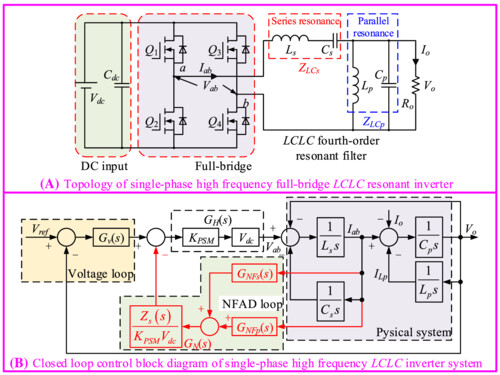
In this paper, a notch filter-based active damping (NFAD) control strategy is proposed to improve the stability and transient performance of power distribution system (PDS) for intelligent vehicles. By sensing and feeding back the output resonance current of LCLC resonant inverter, the NFAD control strategy is then formulated to emulate a virtual impedance in order to improve the system phase margin and crossover frequency. The proposed control strategy can not only suppress the LCLC double resonance peaks but also effectively improve the transient performance of resonant inverter while guaranteeing the stability of the system.
PSO based universal phase shift modulation scheme for DAB converter to eliminate backflow power in energy storage applications
- Pages: 3792-3805
- First Published: 10 April 2023

In battery energy storage system (BESS) applications, the life of the battery depends on the quality of the charging/discharging current. However, the dual active bridge (DAB) converter, which interfaces BESS with the DC link, suffers from a backflow current in all modulation schemes, degrading the battery's performance. Hence, in this paper, the authors have attempted to develop a novel modulation scheme to reduce the backflow power. It was observed that the modulation scheme developed had three phase shift ratios same as triple phase shift (TPS) modulation, but the number of modes of operation are reduced to two, thus reducing the mathematical complexity. Finally, a particle swarm optimization (PSO) is incorporated in the proposed universal phase shift (UPS) modulation scheme to optimally identify the phase shift required for elimination of backflow power. Also, it is observed that there is an improvement in the zero voltage switching (ZVS) range of the DAB. Hence, the overall efficiency of the DAB converter is increased over a wide operating region. The operating principle of the proposed modulation scheme, steady state analysis of power transmission, and backflow power are reported in this paper. The theoretical performance of the proposed modulation scheme is validated in a 2 kW experimental setup.
Bidirectional half-bridge LLC resonant converter with automatic current sharing characteristic
- Pages: 3806-3825
- First Published: 12 April 2023
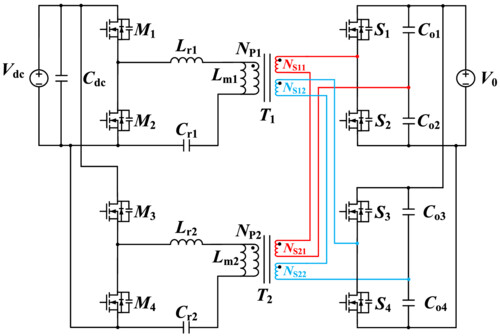
A bidirectional half-bridge (BHB) LLC resonant converter with automatic current sharing characteristics is proposed in this paper for high-power bidirectional energy storage applications. With the help of magnetizing inductance of transformer, all MOSFETs on the primary and secondary sides can realize zero-voltage switching. By grouping the secondary windings of the transformer, excellent current sharing can be achieved in both forward and backward operation modes even if there is a 10% error of the resonant parameters.
A nine-level common ground multilevel inverter (9L-CGMLI) with reduced components and boosting ability
- Pages: 3826-3840
- First Published: 01 February 2023
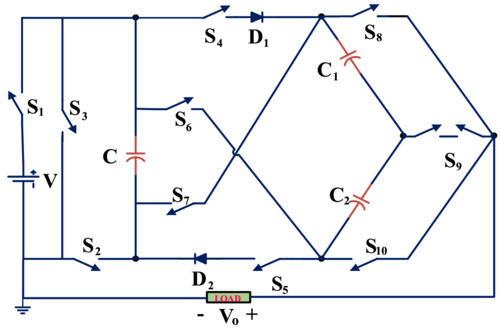
This paper introduces a common ground (CG) 9-level switched-capacitor (SC) based multilevel inverter (MLI) with dual boosting feature. The key feature of the proposed circuit is the presence of common ground between the input and output. The CG configuration eliminates the leakage current problem encountered in photovoltaic (PV) applications. The various simulation and experimental conditions have been tried to test the circuit under different load situations. A quantitative comparison, based on different parameters, has been provided with other 9-level MLIs.
A non-isolated high quadratic step-up converter for fuel cell electric vehicle applications
- Pages: 3841-3864
- First Published: 05 April 2023
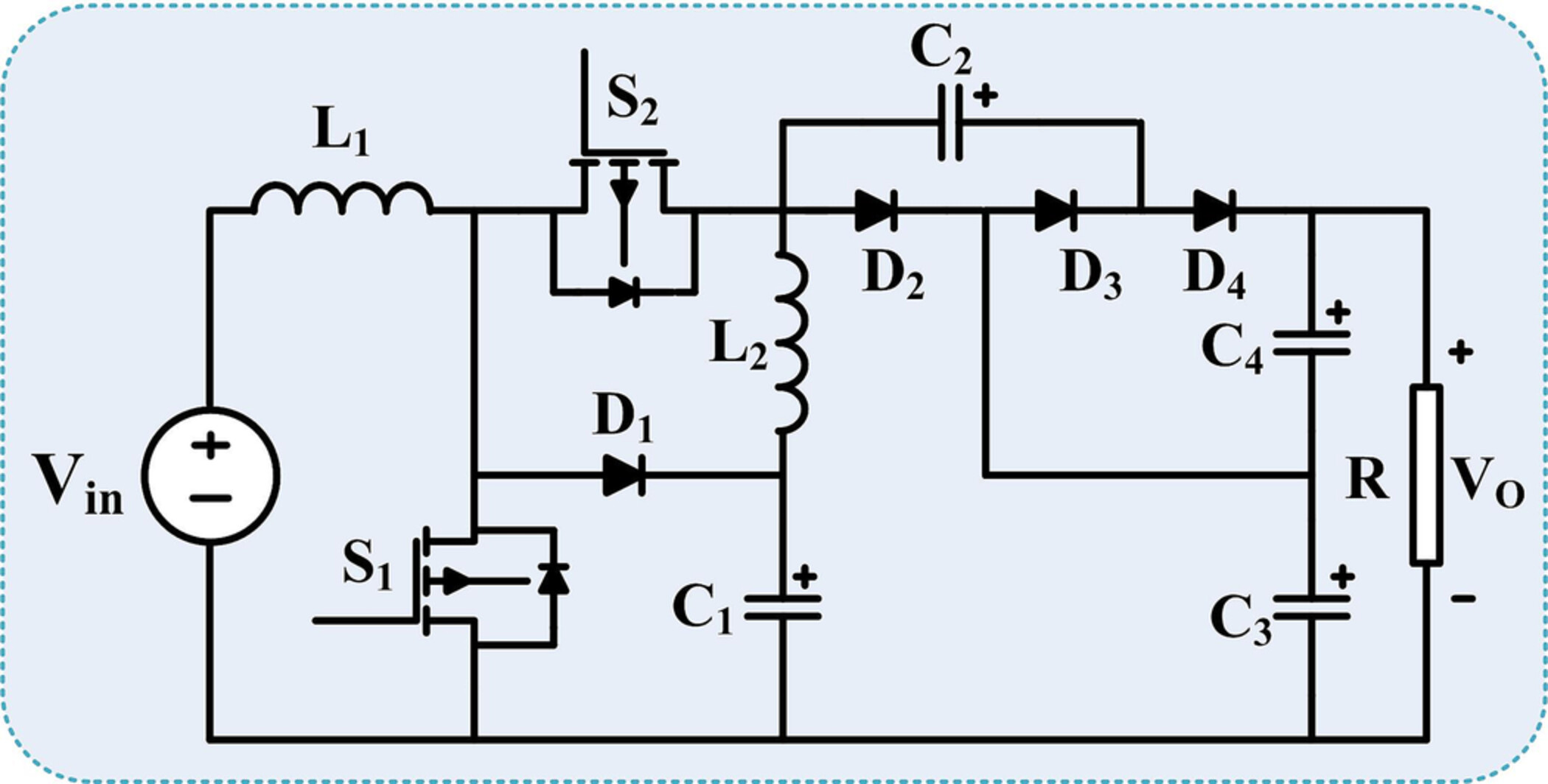
Fuel cell electric vehicles require a dc-dc converter with a wide range voltage gain and low input current ripple. This work introduces a new non-isolated high quadratic step-up (HQSU) converter to fulfill these requirements. Besides, the HQSU converter has the advantages of low voltage stress, low switching device power rating, and high effectiveness index. The performance of the proposed converter is validated through analytical and experimental analysis, and it has shown great promise in terms of efficiency and dynamic behavior.
Design and implementation of dual-leg generic converter for DC/AC grid integration
- Pages: 3865-3879
- First Published: 13 April 2023

The main concept of the proposed work is that the same converter configuration is used for direct current (DC)-DC/DC-alternating current (AC) application aiming for minimum redundancy because the proposed converter can be able to produce DC and AC output from the fixed/variable DC source. The proposed converter is designed with single-stage dual leg topology, with a designed filter, and protection circuits are connected in output/grid side.
An improved long short-term memory based on global optimization square root extended Kalman smoothing algorithm for collaborative state of charge and state of energy estimation of lithium-ion batteries
- Pages: 3880-3896
- First Published: 19 April 2023
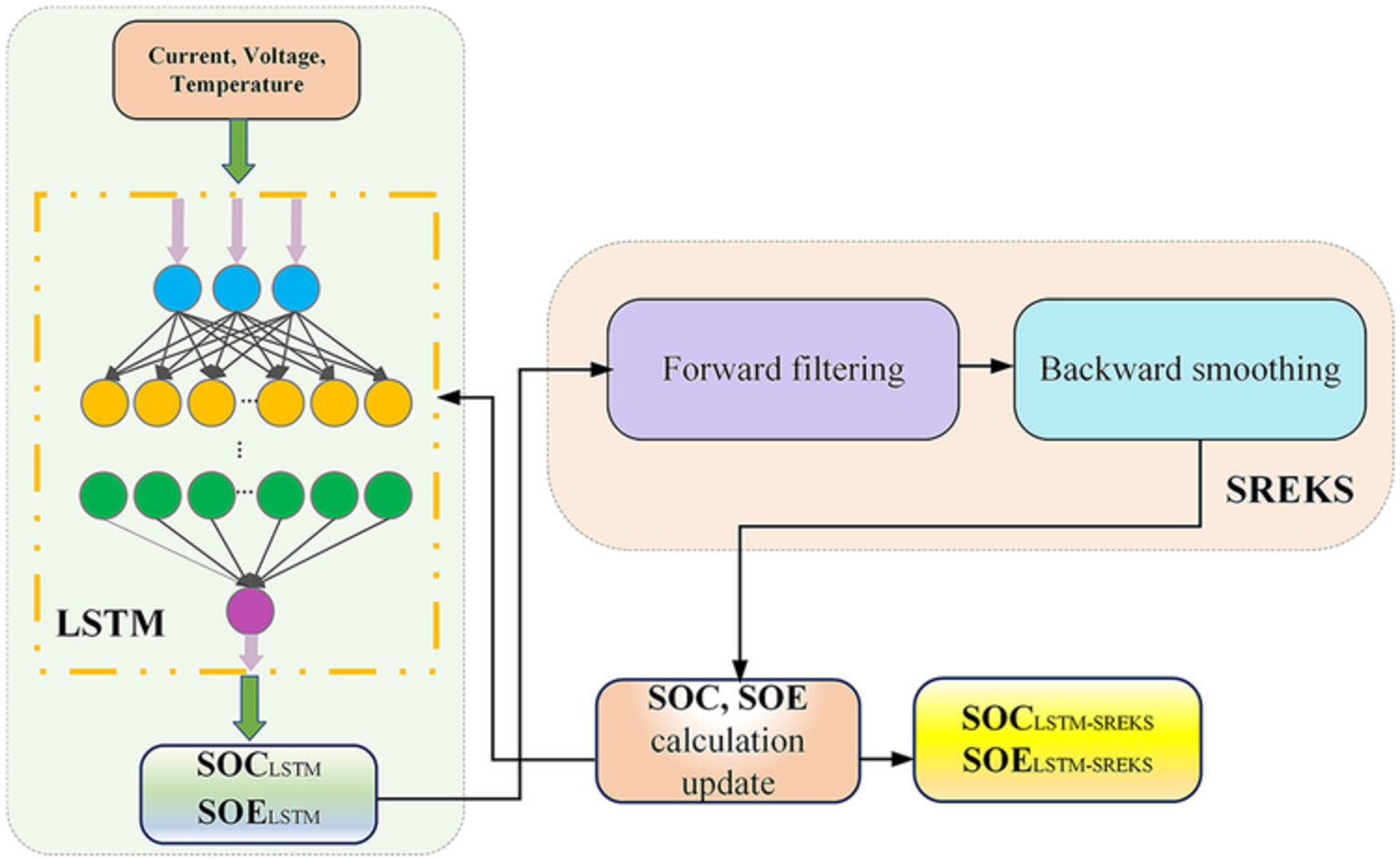
Aiming at the problems of low precision, long time, and strongly nonlinear system estimation of state of charge (SOC) and state of energy (SOE) of lithium-ion batteries, this paper proposes the long short-term memory-square root extended Kalman smoothing (LSTM-SREKS) algorithm. The experimental results show that this algorithm has high accuracy, convergence, and robustness.
A new single ended primary inductor converter with high voltage gain, low voltage stress and continuous input current
- Pages: 3897-3914
- First Published: 13 April 2023
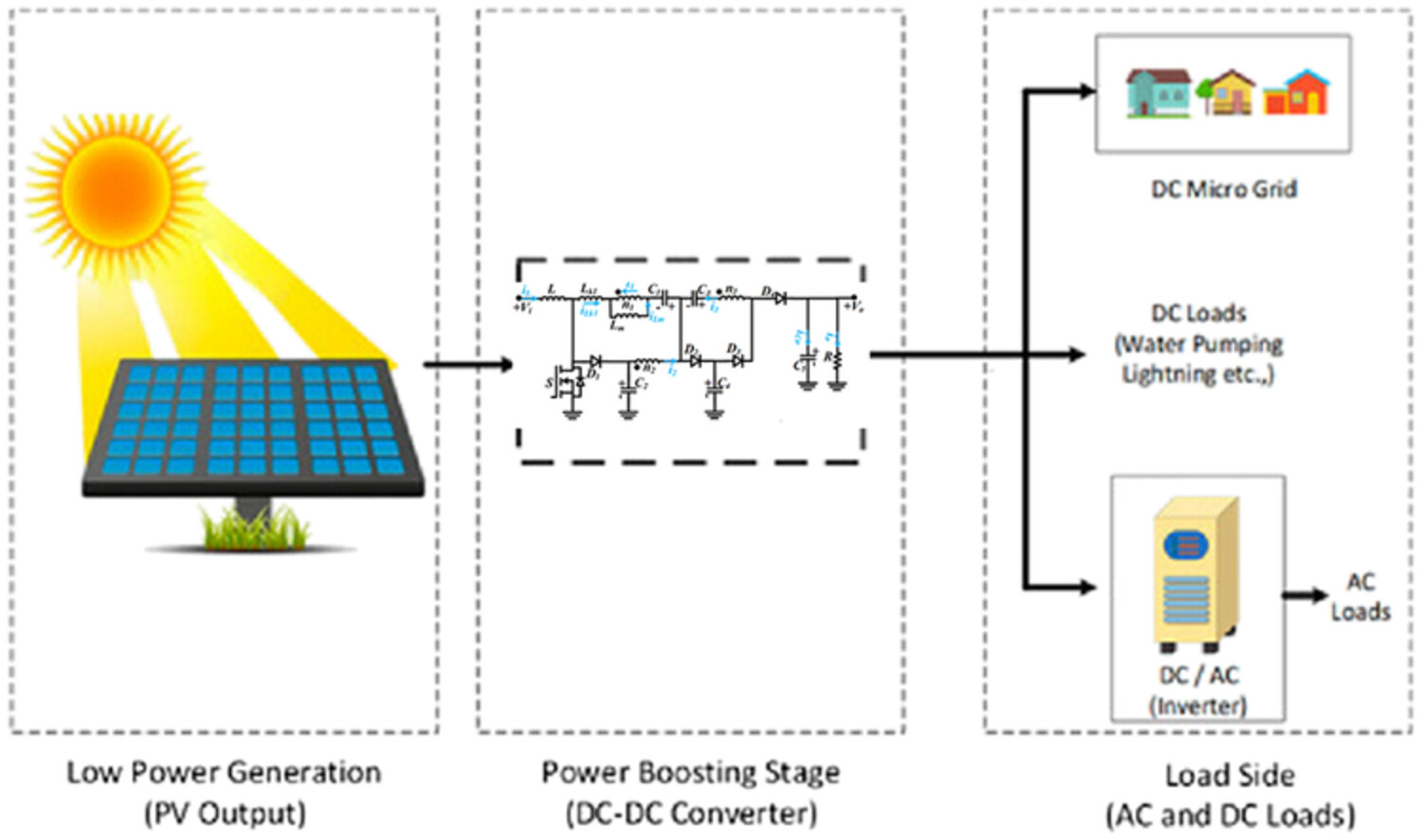
This paper proposes a single-ended primary-inductor converter (SEPIC)-based DC-DC converter with higher voltage gain, continuous input current and lower voltage stress. Suggested converter uses three-winding coupled inductors and voltage multiplier for boosting function. The proposed structure stores lower amount of energy due to lower current magnitudes of used inductors. Moreover, using voltage multiplier reduces the voltage stress of the elements connected to the output terminals of the proposed converter.
On-board energy scheduling optimization algorithm for nanosatellites
- Pages: 3915-3937
- First Published: 28 March 2023
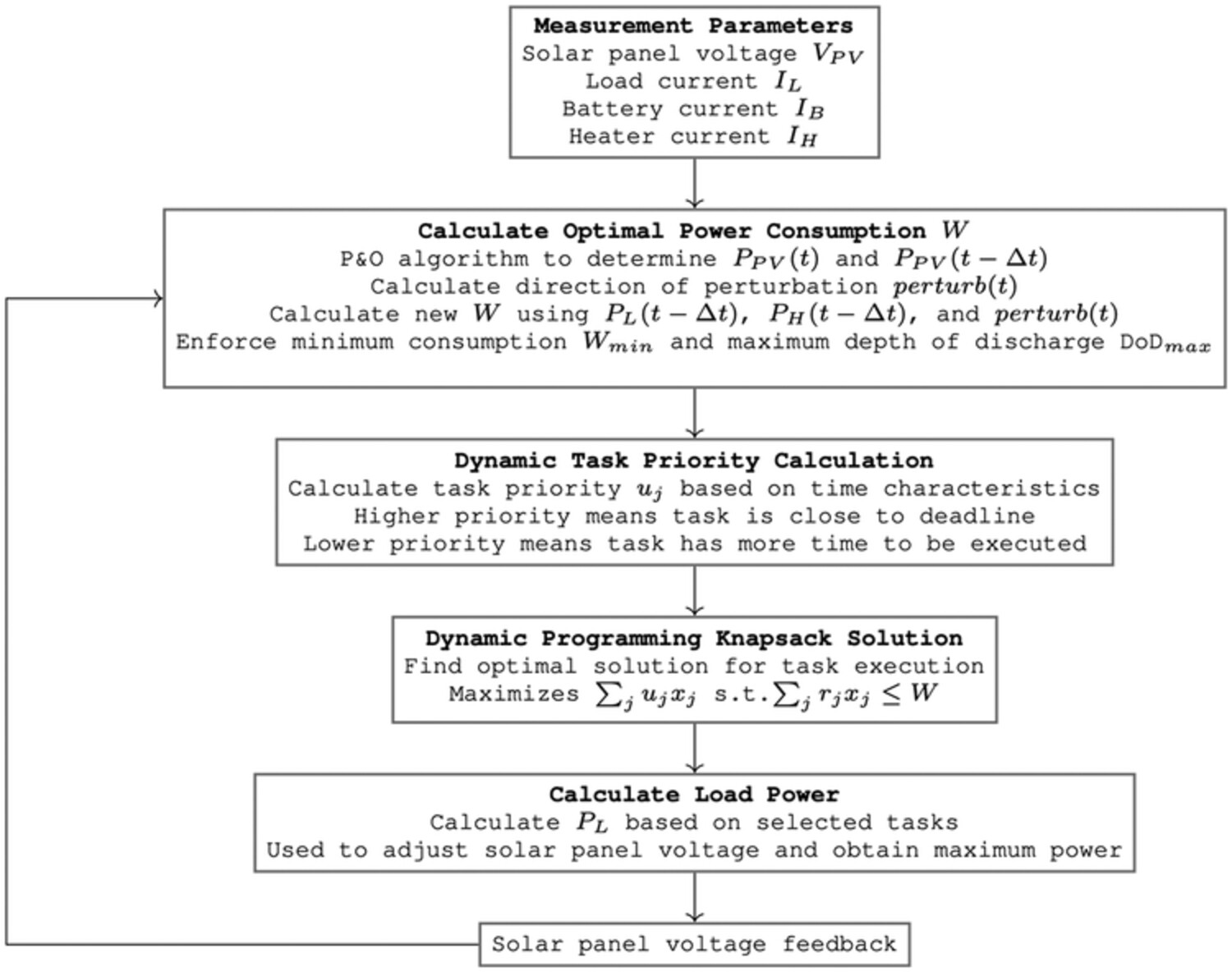
This work proposes a real-time energy scheduling optimization algorithm for nanosatellites with a direct energy transfer architecture. The algorithm maximizes energy harvesting, meets task deadlines and priorities, and ensures a minimum quality of service for the system. Simulations of a nanosatellite operating in a given orbit, attitude, and thermal parameters showed that the proposed algorithm had the best performance in terms of energy balance and average power consumption, with an energy balance up to 16% higher compared to other tested strategies.
A highly stable and low-cost 12T radiation hardened SRAM cell design for aerospace application
- Pages: 3938-3948
- First Published: 28 April 2023
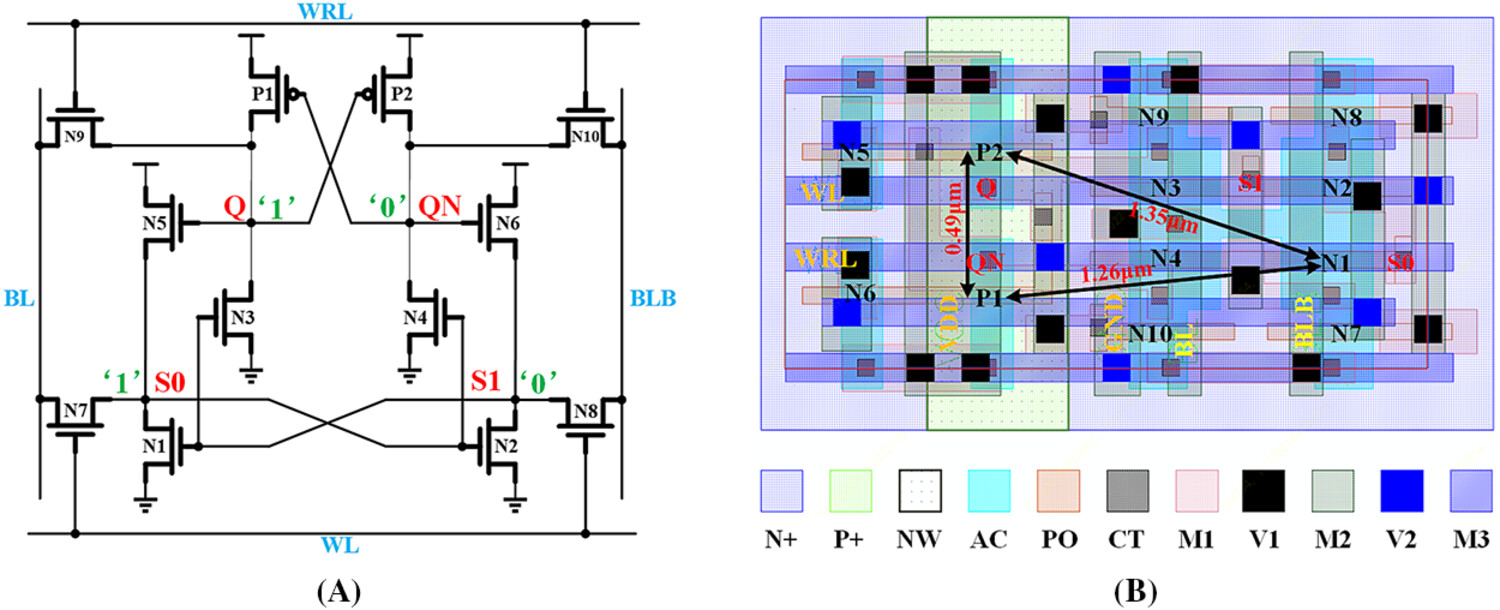
We proposed a highly stable and low-cost 12T (HSLC12T) radiation hardened SRAM cell that is based on the polarity reversal design and read/write separation structure. The proposed HSLC12T cell can recover from any single event upsets (SEUs) induced at any of its sensitive nodes, as well as from single event double-node-upsets (SEDNUs) induced at its internal storage node pair Q-QN, while also having the best overall performance.
Structure optimization: Configuring optimum performance of randomly distributed mixed carbon nanotube bundle interconnects
- Pages: 3949-3967
- First Published: 28 March 2023
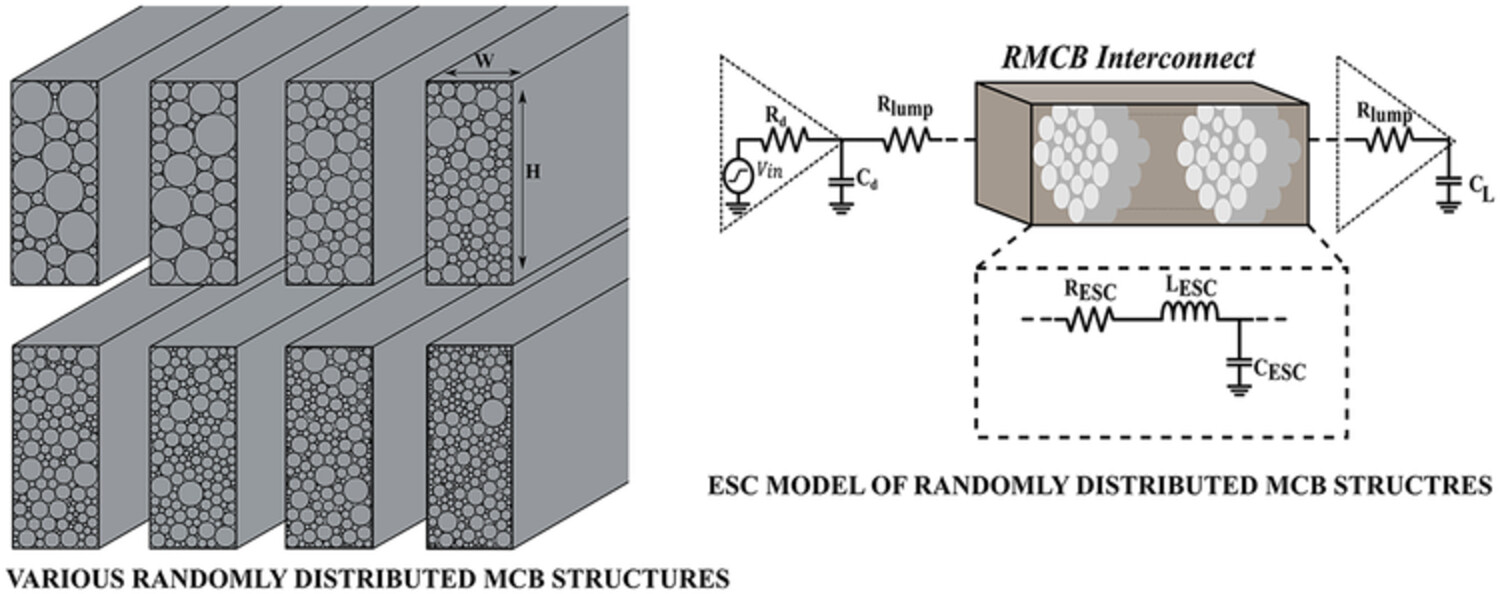
This paper presents an efficient optimization strategy based on the Stoyan and Yaskov algorithm to maximize the tube density of randomly distributed mixed carbon nanotube bundles (RMCBs) for configuring optimum performance of on-chip interconnects. This approach assumes all carbon nanotubes' (CNTs) sizes as variables, making this algorithm more novel and realistic. Random CNTs are packed utilizing a jump algorithm (JA) to produce densely compacted CNTs inside the targeted rectangular area by transitioning from one local minimum to another. The work further analyzes how temperature affects the scattering transport parameters, both on smooth and rough substrates, and also, determines how much bandwidth and stability can be achieved by the optimized random MCB structures.
BRIEF REPORT
Design of a broadband power amplifier based on high-efficiency impedance space
- Pages: 3968-3978
- First Published: 30 March 2023




